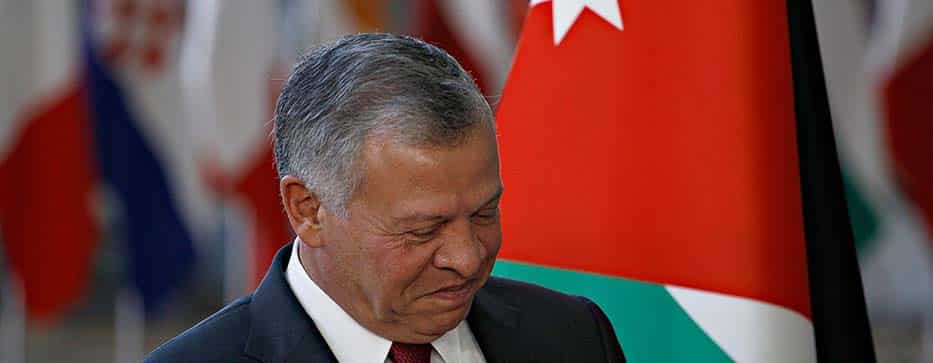Given the variety of systems of government in the Middle East, it is interesting to know which one is elected in Jordan: who governs, who is the Head of State, what is his method of appointment… On this page we tell you how is its form of State and how is the Royal Family of Jordan, whose monarchs enjoy high popularity and great respect among the population.
Jordan is a state configured as a constitutional monarchy. That is, legislative power is vested in the House of Representatives (elected by universal suffrage, since Jordan was a precursor of women’s suffrage among Arab countries), and the Senate (with 65 members directly elected by the king). Executive power, for its part, rests with the king and the Council of Ministers, led by a prime minister.
In any case, the power of the king is more important than that held by his counterparts in the West: in addition to being Head of State and commander of the Armed Forces, he has a wide veto power. The following authorities of the country are the Prime Minister (or President of the Council of Ministers), the President of the Senate and the Speaker of the House of Representatives.
However, the country has come a long way in different areas, including judicial independence, enshrined in the 2011 constitutional reform. Its courts are classified into three areas of jurisdiction: civil, religious and special. The King, however, has the power to appoint the president of the nine-member Constitutional Court.

The reigning dynasty in Jordan is of Hashemite lineage, which has its roots in the early days of Islam: specifically, in the Banu Hashim tribe, to which one of Muhammad’s great-grandfathers belonged. The first king of independent Jordan was Abdullah I, who had assumed a central role also as king in the time of the British protectorate during the first half of the twentieth century.
Since its inception, and especially with the current Royal Family of Jordan, the image that has been projected outwards is that of a modern Royal House, with good relations with other royal families, both Western and Eastern.
The current king (as of September 2022) is Abdullah II, whose full name is Abdullah II bin Al Hussein. He is the son and successor of Hussein I, who reigned for almost half a century in the country and was one of the great architects of Jordanian political stability, good relations with surrounding countries and progress in democratic and civil rights in the country.
Abdullah II was born in 1962 and has held his position since 1999. At present, he enjoys a remarkable popularity, although his arrival was not without some debate: his mother was British (Toni Gardiner, whose name in Arabic was Muna Al-Hussein) and the most purists questioned his legitimacy for the position. Abdullah II has deepened his father’s work, mainly by liberalizing the economy.
Queen Rania is probably the best-known person in Jordan’s Royal Family, at least outside its borders and especially among those who usually browse couché paper magazines. And it is thanks to its recognized good style for fashion and an elegance that dazzles locals and strangers. Born in Kuwait, she carries out important social work both at home and abroad.
Along with King Abdullah II, she is the mother of four children: Prince Hussein (heir to the throne by decision of his father, something that also generated some debate, since his younger half-brother Hamza had aspirations to the throne), Princess Iman, Princess Salma and Prince Hashem.
The prominent role of Queen Rania is not, in fact, exclusive to this figure: women have always had a prominent weight in the Royal Family of Jordan, as also happened for example with the previous Queen Noor, promoter of numerous social projects in the country.
Fill out the form below to receive a free non-binding quote tailor-made by a specialized agency in Jordan.
DMC travel agency specializing in tailor-made trips to Jordan
Mandala Tours, S.L, NIF: B51037471
License: C.I.AN-187782-3